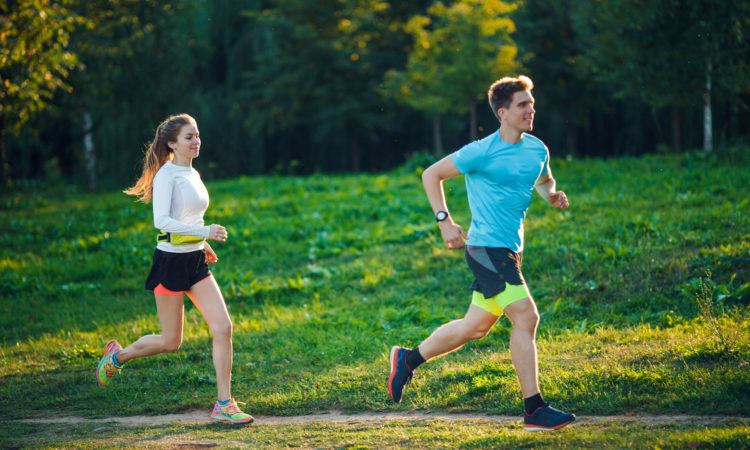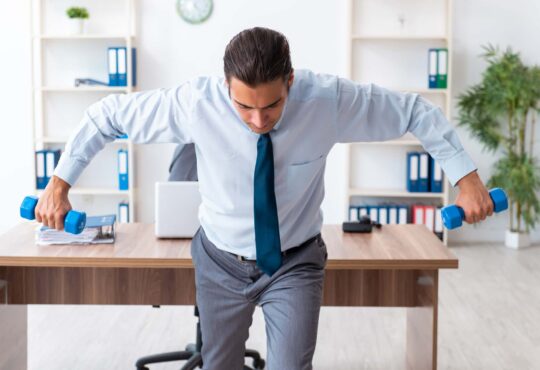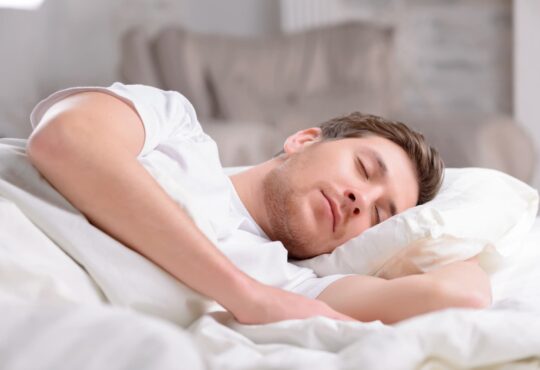
I was an exercise rebel even before this situation.
Or maybe I’m just stingy.
Except for people who are VERY serious weightlifters, I don’t see any reason to pay a monthly membership to a gym.
I’m in favor of building muscle for good health, but 95% of us don’t need weights or fancy machines.
We just need to take full advantage of our body’s weight.
All you need is about six feet of clear floor space – enough to do pushups.
Why pay a gym if you can’t even be bothered to perform pushups in your basement?
Maybe you miss your treadmill. Walking is great exercise. I agree, but there’s something else . . .
Called a sidewalk.
What About a Beach?
I’m just jealous because the nearest beach to me is about 1,000 miles away.
But the exercise of walking is healthy. So is getting plenty of sunlight, as long as you don’t let yourself get sunburned.
And beaches generally have a stiff breeze coming in off the water, to hopefully disperse any virus breathed into the air.
But please – stay far away from other people.
I walk in a nearby park. I’m usually not alone, but we all steer far away from each other, and that’s good for everybody.
If you’re not in a crowded big city, you can also walk on the streets.
You don’t need a beach, a park, a treadmill, or anything except uncrowded space away from other pedestrians.
When You’re Inside
Lack of exercise is also a health risk.
When you’re inactive, the one-cell lining of your veins and arteries starts to deteriorate. It becomes damaged, putting you at higher risk of heart disease.
Even if you work out.
Studies are showing that, while it’s great to work out, that’s not enough to keep your endothelial lining healthy.
See, it starts to go downhill after just 20-30 minutes of sitting. You can’t work out enough.
Your Blood Levels of Fatty Acids (Triglycerides) Also Increase Your Risk of Heart Attack
Your muscles produce a biochemical that breaks up the fatty acids in your blood – and contracting (exercising) muscles produce more of it than muscles that are – like you – just sitting there for many hours a day.
If you go outside and walk for an hour every day, that doesn’t make up for sitting twelve hours.
A study done in Texas showed that healthy young adults still had problems with triglycerides even though they ran for an hour – if they just sat for the remainder of the day.
That’s why we’re now being told to stand up, stretch and walk around every half an hour or so. You don’t have to work out, just move.
But working out also helps.
The 4-Second Workout
Scientists recently released the results of a study they did on how doing “micro” amounts of intense exercise helped people. It was just published in the journal Medicine & Science in Sports & Exercise.
They had healthy young adults spend the entire day sitting.
Except, once an hour they got on exercise bicycles. They sprinted for 4 seconds, then rested for 45 seconds. And repeated, doing it a total of five times.
So, they sprinted for 20 seconds, once an hour for eight hours – a total of 160 seconds.
Not even three minutes.
Try bragging to your buddies about that.
The next day, the scientists measured their blood levels.
They had lower levels of triglycerides than volunteers who didn’t perform the exercise.
The scientists fed them a high-fat breakfast and kept measuring their levels of blood fat – triglycerides.
The group who exercised that 160 seconds metabolized the fatty meal faster than the group who did nothing but sit.
So their triglycerides remained 30% lower.
Thanks to just 160 seconds of intense effort.
You Don’t Need an Exercise Bicycle
It’s great if you have one, but you could get a lot of benefit from doing jumping jacks, pushups or burpees every 30-60 minutes.
And if your local restrictions and weather permits, go ahead and run or walk for an hour outside.
Exercise, Aging, and Immunosenescence
As we age, our immune systems decline. That’s well-known.
A study just published in Nutrients examines how exercise helps slow that decline in immune strength.
Exercise builds up the functioning of your Natural Killer cells and your white blood cells.
The study also found exercise helps slow the decline of the strength of your T cells.
Diversify Your Exercises
Studies show, the longer you walk, the longer you’ll live.
But you also want to keep or build upper body strength.
There’s a close relationship between your ability to perform the activities of daily living and how long you live.
That’s another reason you want to stay active, no matter what.
Whether you stay inside or outside, stand up.
Not just every day, but every hour – every 30 minutes.
Stand up, and walk around enough to get your blood flowing freely.
Swing your arms.
Make it as intense as you can for just 4-5 seconds. Keep repeating.
https://fitness.mercola.com/sites/fitness/archive/2020/05/01/does-exercise-boost-immune-system.aspx
https://www.youtube.com/watch?v=RwgywNZzEi4&t=2794s
https://www.health.harvard.edu/heart-health/exercise_and_your_arterieshttps://dnyuz.com/2020/04/29/the-4-second-workout/







